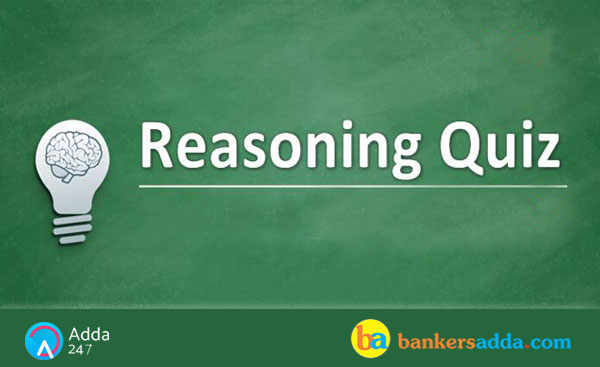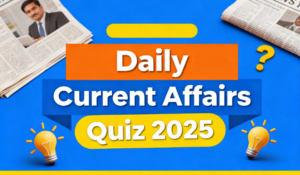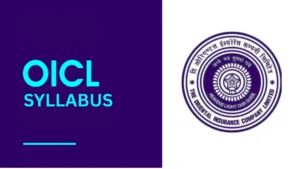
Directions (1-5): Study the given information carefully to answer the given question.
M, N, O, P, Y, R and S are seven friends live on seven different floors of a building, lower most floor of the building is numbered as 1, and topmost floor is numbered as 7, Also they belong to different countries i.e. Poland, Australia, India, Hawaii, Mangolia, China, and Malaysia (not necessarily in the same order).
Y lives on an even numbered floor. Two people live between Y and R, who doesn’t belong to Australia. The one who lives just above Y belongs to Hawaii. The one, who belongs to Poland, lives on an even numbered floor. Only one person lives between the ones who belong to Hawaii and P. R doesn’t live on 7th floor. The one who is from Hawaii is not N and neither lives on 1st and topmost floor. S belongs to India and lives just above N, who doesn’t live on 2nd floor. O belongs to Mangolia. The one, who belongs to China, lives on an even numbered floor below N. M doesn’t live below O’s floor.
Q1. Who among the following belongs to Australia?
Q2. Which of the following combinations is true with respect to the given arrangement?
Q3. N belongs to which city?
Q4. Which of the following statements is true with respect to the given arrangement?
Q5. Who amongst the following lives on the floor numbered 2?
Directions (6-10): In these questions, relationship between different elements is shown in the statements. These statements are followed by two conclusions:
Q6. Statements: K≥Q, U>V=I, K >J≤V, U<S
Conclusion:
II. Q<U
I. J<S (True) II. Q<U (False)
Q7. Statements: D≥Q, P>J, O>Q>J, T>D
Conclusion:
I. D>J
II. T>P
Q8. Statements: Z<W=V, Y≥W, Z≥U, X≤V
Conclusion:
I. Y>U
II. Y≥X
Q9. Statements: A≥U, C=B<U, D≥A>O
Conclusion:
II. Y≥X
I. B<O (False) II. D≥U (True)
Q10. Statements: Q=B, K>E≥B, J≥E, R≤Q
Conclusion:
I. J>R
II. R=J
II. R=J (False)
Directions (11-15): Each of the questions below consists of a question and two statements numbered I, II given below it. You have to decide whether the data provided in the statements are sufficient to answer the question.
Q11. Who is tallest among five friends A, B, C, D and E?
I. D is taller than C but just shorter than E.
II. E is shorter than A and B is shorter than E.
From Statement I- E>D>C
From statement II- A>E>B
From both statements- A>E>D>C/B>C/B
Q12. How is B related to A?
I. A is B’s father’s only sister.
II. S is mother B who is the daughter of C.
Q13. How is ‘M’ written in a code language?
I. “COME” is written as “3245” and “MONKEY” is written as “427150” in that language.
II. “HEMA” is written as “6423” and “MOHIT” is written as 21675.
Similarly in 2nd statement, according to position of M, tells that the code is 2. So, both are either sufficient.
Q14. What will be the day on 9th December of a year?
I. 9th March of the same year is Monday
II. 9th February of the same year is Monday
Using statement II, we cannot find the exact day as it will depend on whether the year is leap year or not.
So, there will be two possibilities and the day on 9th December will be either Wednesday or Thursday.
Q15. On which day book A was sold?
I. Book A was sold one of the days after Tuesday but before Sunday.
II. Book A was sold one of the days before Saturday but after Wednesday.
Using statement II alone, Book A was sold on Thursday/ Friday.
By combining both the statements we cannot find the answer.





 Daily Current Affairs Quiz 2025 31st Dec...
Daily Current Affairs Quiz 2025 31st Dec...
 Federal Bank Office Assistant Syllabus 2...
Federal Bank Office Assistant Syllabus 2...
 OICL AO Syllabus and Exam Pattern 2026, ...
OICL AO Syllabus and Exam Pattern 2026, ...








